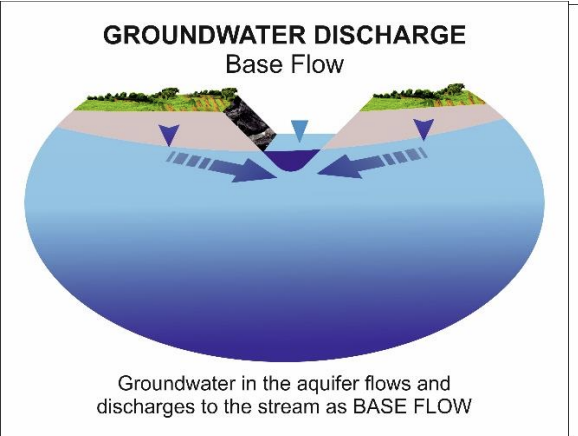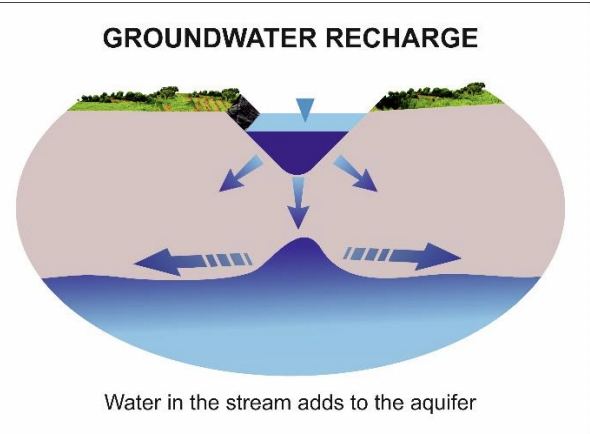Rejuvenation of Water Bodies_IOSR_Paper
Published on by sarang kulkarni, Subject Matter Expert (Water Resources) at Bharatiya Jain Sanghatana in Academic
ABSTRACT Groundwater depletion presents a multifaceted challenge with profound implications for the environment
, society, and economy, on a global scale and specifically in India- the largest extractor of groundwater (UN Water, 2022). Groundwater constitutes a vital and finite resource, serving as a primary source of drinking water for over 2 billion people globally (Kundzewicz & Döll, 2009), and supporting nearly 70% of agricultural water needs (UN Water, 2022). As groundwater depletion accelerates, it contributes to alarming consequences such as sea-level rise (Aeschbach-Hertig & Gleeson, 2012), land subsidence, and even perturbations in Earth's rotation axis (Castelvecchi, 2023).
India, heavily reliant on groundwater for drinking and agriculture, faces a severe crisis, impacting the availability of water for domestic and irrigation purposes, and leading to migrations from waterscarce regions (Rodella et al., 2023). The interconnection between surface water and groundwater underscores the need to treat water as a single and integrated resource. The traditional separation of surface and groundwater has been proven inadequate in managing water systems (Gupta & Sharma, 2023).
Surface-water features, such as rivers, lakes, and reservoirs, significantly interact with groundwater, impacting water quantity and quality in both systems. Effective land and water management requires a comprehensive understanding of these linkages to manage resources sustainably (Hossein Ahmadi, 2023). Waterbody rejuvenation, specifically through desilting practices, has emerged as a decentralized, replicable, timebound, and effective solution for groundwater recharge. Scientific evidence and case studies demonstrate the positive impact of desilting practices on water storage capacity, groundwater levels, and agricultural productivity (Balamatti and Chandra, 2018; Gumma et al., 2003; Jal Charcha, 2022d).
Desilting restores the water storage capacity of ponds, lakes, and reservoirs, facilitating groundwater recharge, and mitigating stress on groundwater systems. Moreover, the fertile silt removed during desilting can be used to enhance soil fertility and agricultural productivity, rendering rejuvenation a cost-effective and sustainable approach (Kulkarni and Soni, 2021). Keywords: Groundwater, surface water, rejuvenation, desilting, waterbody, recharge, agricultural productivity


Taxonomy
- Restoration
- River Restoration